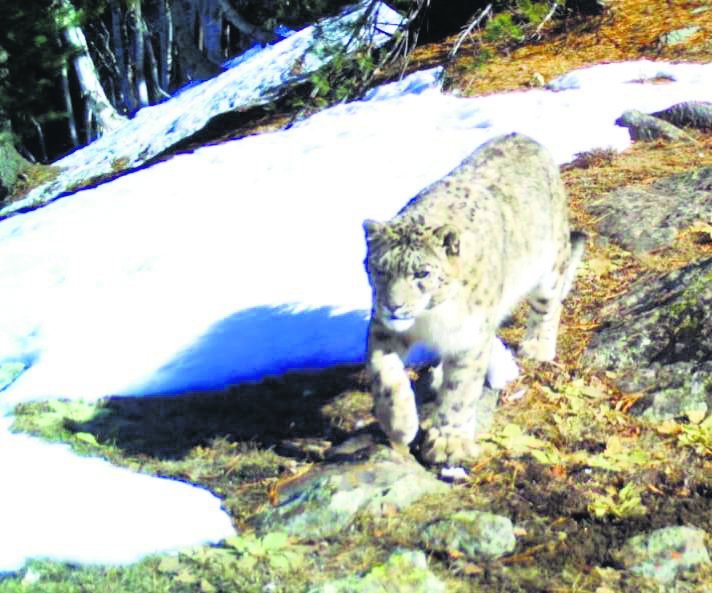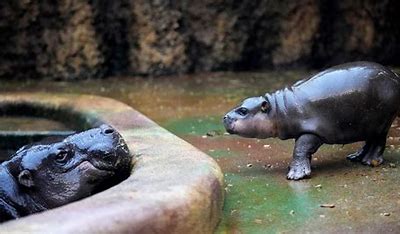
In a groundbreaking survey conducted by a team of conservationists and researchers, District Kishtwar has been identified as a crucial habitat for the endangered Snow Leopard in India. The study, led by Dr. Pankaj Chandan (NDF- Jammu) and Dr. Muneeb (NCF-Mysore) in collaboration with the Department of Wildlife Protection and under the guidance of Dr. Neeraj Sharma (Incharge Institute of Mountain & Environment Jammu University, Bhaderwah Campus) and Dr. Tariq Shah (Research Associate Wildlife Department), has revealed the existence of approximately 100 Snow Leopards in Kishtwar, marking a significant population of these elusive felines.
Snow Leopards, classified as a threatened species, inhabit mountainous regions across Central Asia, including the Himalayan Mountain ranges spanning 12 countries. The elusive cats, known for their adaptations to harsh, high-altitude environments, primarily prey on Ibex, Blue Sheep, Marmots, and lagomorphs.
The comprehensive survey, the first of its kind in Kishtwar, utilized advanced camera trap technology across two primary areas: Kishtwar High Altitude National Park, Marwah-Dachhan, Kishtwar, and South-eastern Paddar in Kishtwar. With 278 camera traps deployed across 135 locations, the study captured evidence of approximately 20 individual Snow Leopards, including an adult with two cubs, indicating successful breeding within the Kishtwar Snow Leopard population.
While Snow Leopards are found in various regions in India, Kishtwar, second only to Ladakh, has emerged with the highest density of these majestic cats. Ongoing efforts to estimate the overall population in Kishtwar hold promise for critical insights into Snow Leopard conservation strategies.
Beyond emphasizing the urgent need for robust conservation measures to protect Kishtwar’s Snow Leopard habitat, these findings also present an opportunity for responsible ecotourism development. Successful initiatives in Ladakh and other Snow Leopard regions have created employment avenues for local youth as tour guides.
This milestone study sets the stage for further surveys aimed at accurately estimating Snow Leopard populations in Jammu & Kashmir, crucial for their conservation. As subsequent surveys continue to yield encouraging results, the evolving estimation of nearly 100 Snow Leopards within the district underscores the critical importance of conserving the habitat and implementing comprehensive conservation measures.
The Wildlife Department, recognizing the significance of these findings, calls for collaborative efforts among government bodies, conservation organizations, and local communities to safeguard Kishtwar’s Snow Leopard population.
The discovery of a thriving Snow Leopard population in Kishtwar not only reaffirms its significance as a conservation stronghold but also opens doors to showcasing its biodiversity through sustainable ecotourism initiatives. Together, by protecting these iconic species and embracing responsible tourism, we can ensure a future where humans and wildlife thrive in harmony.















